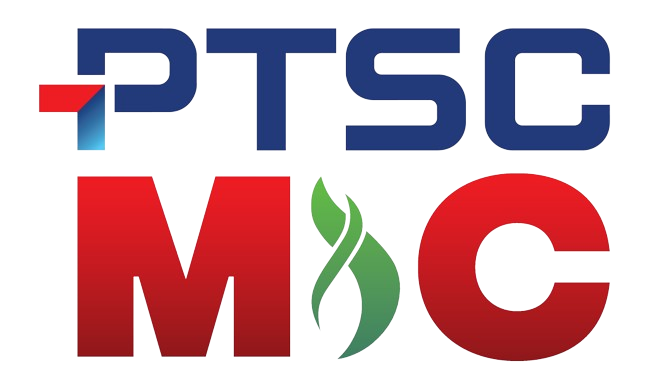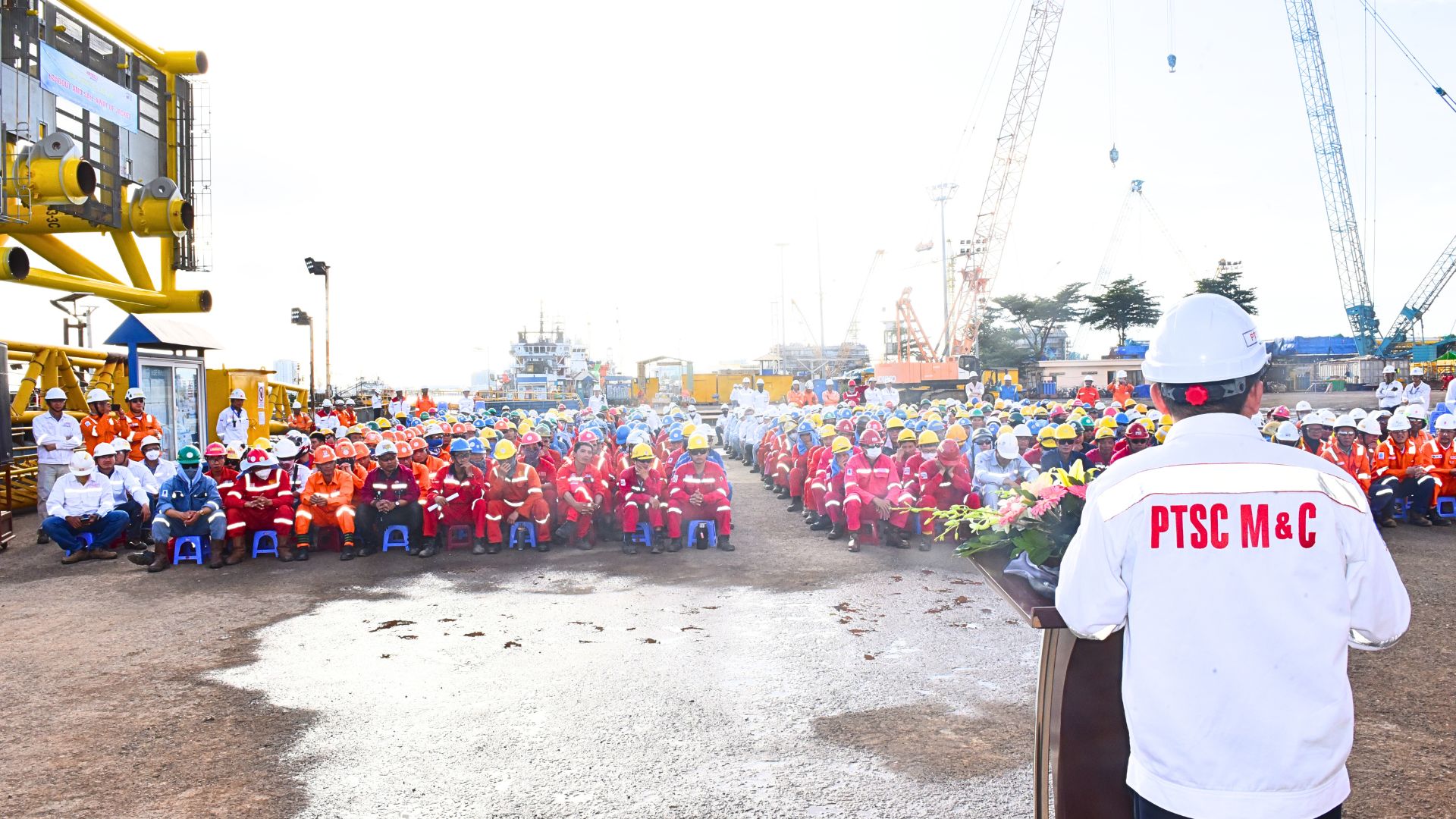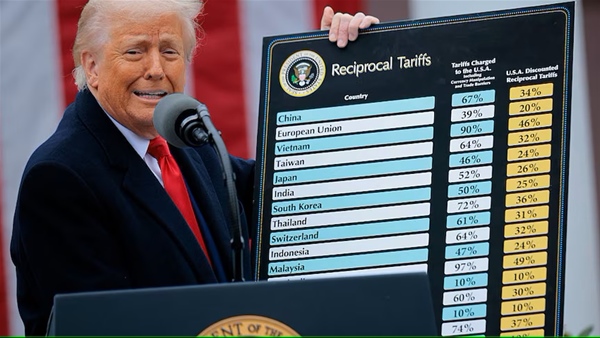On April 2, 2025, the United States announced a new tariff policy titled "Regulating Imports with a Reciprocal Tariff to Rectify Trade Practices that Contribute to Large and Persistent Annual United States Goods Trade Deficits" (source: Regulating Imports with a Reciprocal Tariff to Rectify Trade Practices that Contribute to Large and Persistent Annual United States Goods Trade Deficits – The White House). This policy, referred to as the "U.S. Reciprocal Tariff Policy," is designed to address trade imbalances by imposing corresponding tariffs on imported goods from over 180 trading partners, including a 46% tariff on products originating from Vietnam. A significant provision within this policy, outlined in Section 3(f), provides guidelines regarding the use of U.S.- origin components in imported products.
Studying and Applying the U.S. Reciprocal Tariff Policy - Section 3(f) and U.S. Content Regulations
Delving into the analysis of the U.S. Reciprocal Tariff Policy, an important provision is set forth in Section 3(f), which provides guidelines related to the use of components originating from the United States in imported products. The content of Section 3(f) is as follows:
"(f) More generally, the ad valorem rates of duty set forth in this order shall apply only to the non-U.S. content of a subject article, provided at least 20 percent of the value of the subject article is U.S. originating. For the purposes of this subsection, “U.S. content” refers to the value of an article attributable to the components produced entirely, or substantially transformed in, the United States. U.S. Customs and Border Protection (CBP), to the extent permitted by law, is authorized to require the collection of such information and documentation regarding an imported article, including with the entry filing, as is necessary to enable CBP to ascertain and verify the value of the U.S. content of the article, as well as to ascertain and verify whether an article is substantially finished in the United States."
This provision stipulates that if an imported product contains at least 20% U.S. content, the applicable tariff (e.g., 46% for goods from Vietnam) will only be levied on the value not originating from the U.S. The U.S. content is implicitly exempt from the tariff, potentially reducing the overall tariff burden for products meeting this threshold.
Relevance to PTSC M&C
For PTSC Mechanical & Construction Co., Ltd. (PTSC M&C), a company operating in engineering, procurement, construction, and installation for the offshore oil, gas, and renewable energy sectors, this policy could become a consideration should it plan to export products such as oil and gas and offshore wind platforms to the U.S. market. Pursuant to Section 3(f), PTSC M&C could identify "U.S. content" in these products, including:
- Equipment and materials that can be manufactured, integrated, or assembled in the United States, including a wide range from major equipment like compressors and cranes to miscellaneous materials like electrical and control cables.
- Design services provided by U.S.-based contractors and software used in control systems.
- Commissioning and testing services performed by experts in the U.S.
If the U.S. content in these platforms exceeds 20% of the product’s value, the applicable tariff could be reduced, with only the non-U.S. value subject to the 46% tariff.
PTSC M&C’s Compliance Capabilities
PTSC M&C has proven its ability to comply with local content requirements in international projects. Specifically, the company has achieved local content ratios of 30% to 50% in India in projects in India and has considered achieving up to nearly 60% for tenders in the UAE. In Qatar, PTSC M&C maximized local resources to achieve approximately 25% of the total project value. This track record demonstrates PTSC M&C’s capacity to adapt its production processes to meet specific content standards, including potential U.S. content requirements if necessary.
Nevertheless, PTSC M&C has not exported its services to the U.S. market and has no plans to do so in its current plan. PTSC M&C continues to prioritize established markets such as Vietnam, East Asia, South Asia, the Middle East, and Europe, where there is high or very high demand for oil and gas field development and renewable energy projects to enhance production capacity; most contractors in these regions are having high project backlogs, with some facing overload.
The U.S. market may be an attractive market for PTSC M&C in long-term. By that time, the U.S. Reciprocal Tariff Policy may have evolved through policy adjustments or national-level negotiations. Additionally, the manufacturing capabilities of U.S. contractors may have advanced, increasing U.S. content and reducing import tariffs. Nevertheless, with its demonstrated expertise in meeting global local content requirements, PTSC M&C is well-equipped to adapt to similar regulations from the U.S. should its strategic priorities shift in the future.



